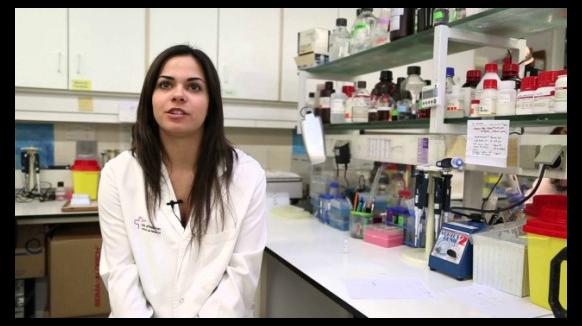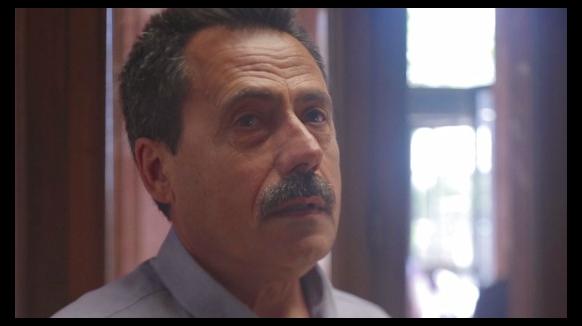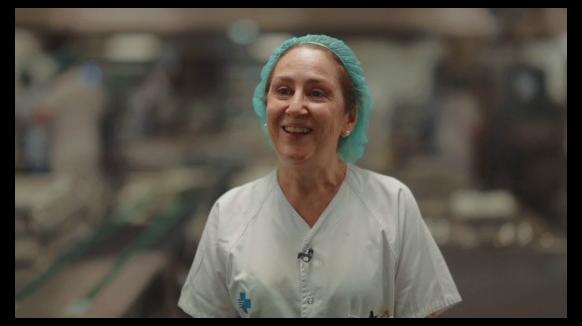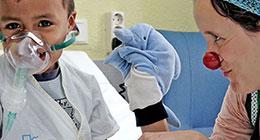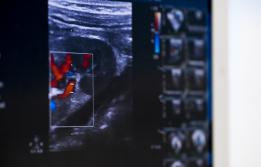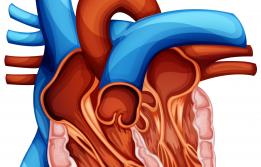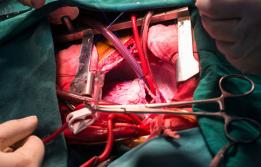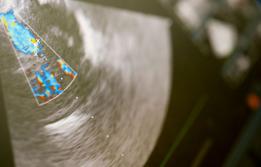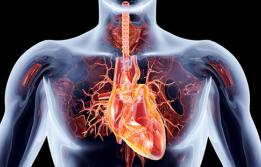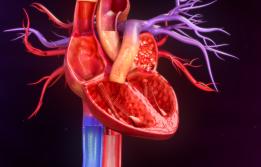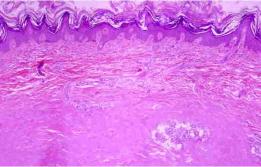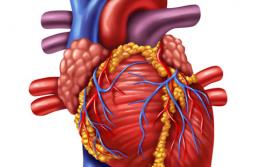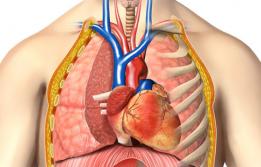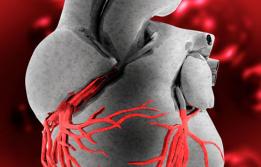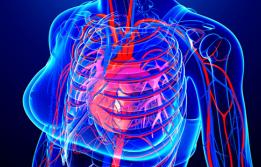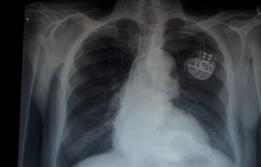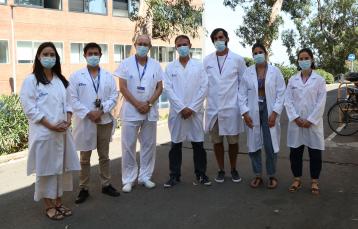Heart failure
The Heart Failure Unit was created in 2009, based on the collaboration between the Cardiology and Internal Medicine Departments. It is made up of cardiologists, internists, specialists in geriatrics and emergency services. Heart failure is the fastest growing heart disease in our society.
Description
Heart failure is the leading cause of major hospitalisation. The ageing population and improvements in medical procedures are both factors that mean several forms of heart disease (valvular, coronary and hypertensive) end up going beyond acute phases and result in heart failure.
Though the mortality of patients during hospitalisation is not very high (4.7%), it is worrying that, once they have been discharged, the rate of readmissions and morbidity and mortality are high (50% mortality 18 months after discharge).
Our basic objectives are, on the one hand, to improve the quality of life of patients with heart failure, reducing the number of admissions, readmissions and trips to the Emergency Ward, and, on the other, to apply a protocol for medical action. This involves optimising care resources and thereby reducing the financial impact of the disease. It also means incorporating the latest technologies, depending on the needs of each patient.
The opening of a day hospital has been key. Its functions are: to monitor all patients discharged from the Hospital having suffered heart failure, once the criteria for entering the Programme have been met; to make it easier and faster for patients to access the Unit in case of decompensation or acute episodes, eliminating barriers to access. Communication with the consultation and advice line has also been improved, along with drop-in services during office hours at the day hospital, both for patients who are within the Programme and their relatives and the professionals from primary care centres.
Finally, the Unit offers an open outpatient clinic for patients who have been discharged from the Hospital as well as for those who can be referred to primary care centres, to see either doctors or nurses. The doctors: perform a rapid diagnosis of heart failure syndrome, optimise treatment and monitor patients admitted or patients attended to at the day hospital. The nurses: educate patients and their relatives in the standards of care for patients with heart failure and provide regular home and telephone contact.
As heart failure is a condition that transcends any single health field, and the Hospital is just one of the ingredients in addressing this type of patient, a Heart Failure Group has been created for this catchment area, known as the Muntanya Primary Care Department, which structures the care provided for these patients in seven basic levels that are organised as follows:
- Primary care
- Specialist consultations
- Hospital A&E
- Conventional hospitalisation
- Hospital at home
- Heart Failure Unit
- Centre for Monitoring Chronic Diseases
